Month: October 2020 (Page 1 of 5)
Our reading for next week is Roland Barthes’ 1977 essay, Rhetoric of the Image. Here is the PDF: Barthes-Rhetoric-of-the-image
As you read, please make note of all important terms (ie. polysemy, linguistic sign, connoted, denoted, etc.), especially if their meaning is unclear. Also make note important points that you don’t completely follow. Record a list of questions you have concerning the essay. When you’ve completed the reading, drop these notes into a post; this will be your written submission for the week. (It does not need to be structured or organized into neat paragraphs.)
The second 2-3 page paper will be a response to this article, and will be due on November 11. In this paper, you’ll critically examine a contemporary advertising image in a manner similar to Barthes’ approach. You will be expected to employ the logic and terminology that Barthes uses in this text. (This is an important reading!)
You should begin to consider the advertisement that you would like to address for your essay. It should be an advertisement organized around a single photograph. A full page print ad is preferable. Please bring ideas to class next week.
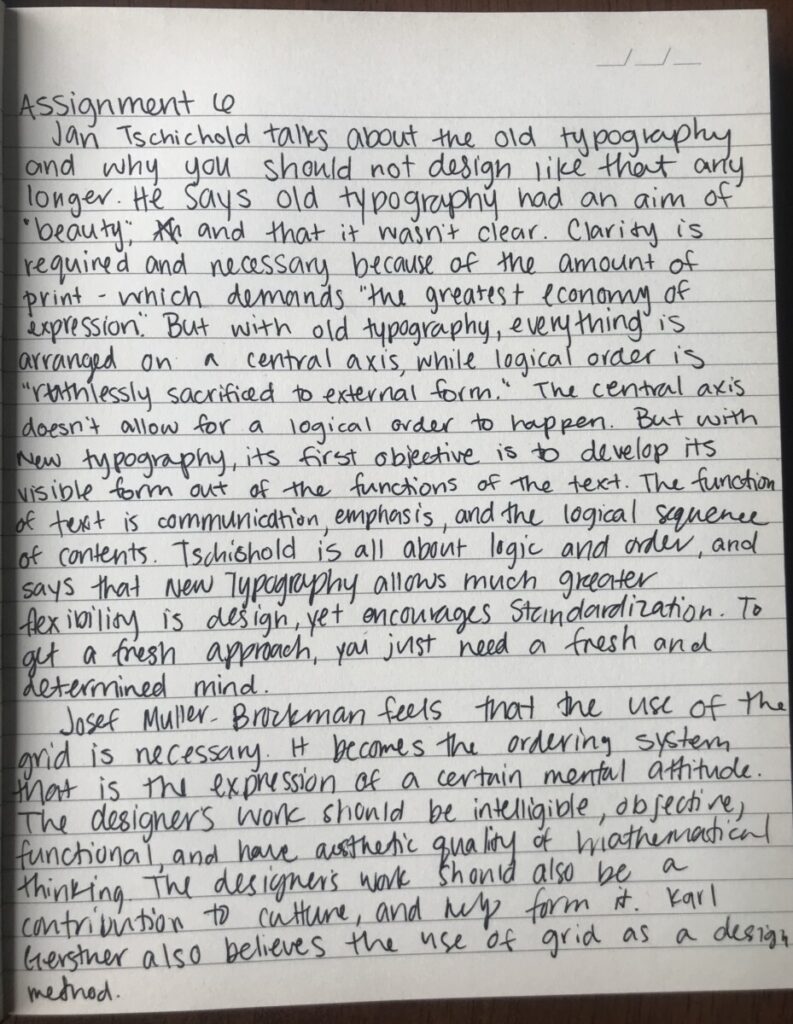
https://brooklynboulders.atlassian.net/wiki/spaces/BBDW/pages/353731644/BKB+s+Archived+Instagram+Posts

L’Oréal’s ad “True Match” is to empower everyone to embrace their beauty and worth. Each individual in the ad below shares their own story. “L’Oréal beauty for all.”
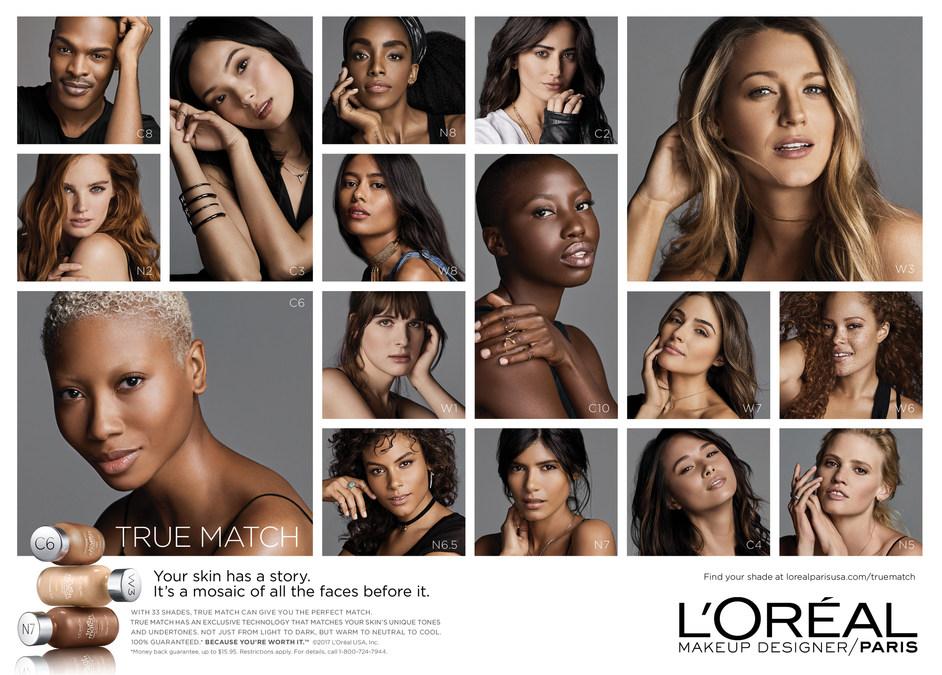
Nike is known for female empowerment throughout their ads. This video was dedicated for International Women’s Day. “One day, we won’t need this day. We won’t need a day to celebrate how far we’ve come.”
Telfar is a brand that sells unisex clothing. The designer, Telfar is known for being the first to design unisex clothing before it even became a thing. “Telfar is a brand aspiring toward anonymity, accessibility, and affordability through basics.” The tagline for his collection is “Its not for you, Its for everybody.”




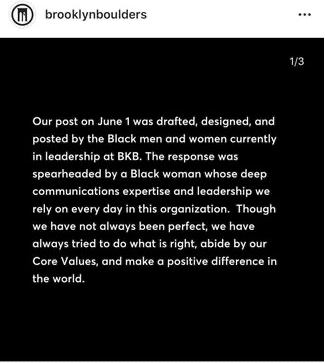
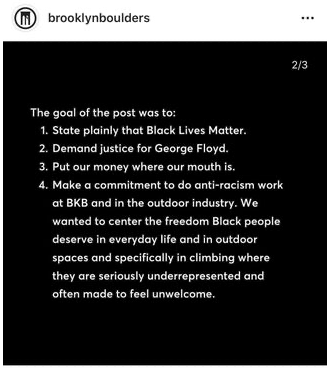
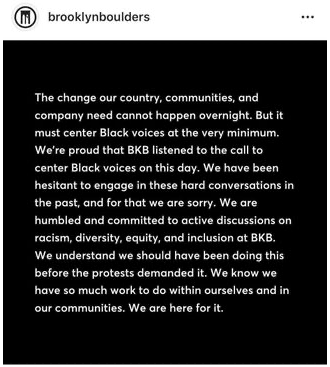



Recent Comments